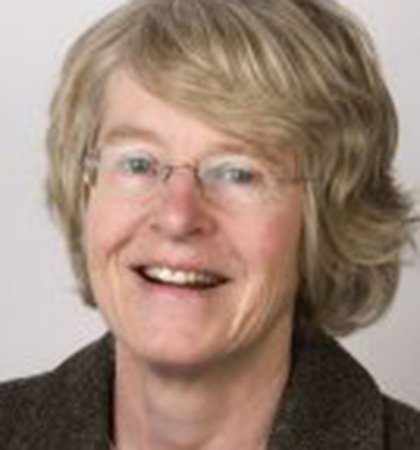AS part of the Luton Irish Forum's autumn series of cultural seminars, Professor Bronwen Walter, Emerita Professor of Irish Diaspora Studies at Anglia Ruskin University will be discussing the place of Irish migrant women in families, communities and workplaces in different parts of England, paying particular attention to how these have changed over time. Here she picks eight facts about the 'invisible' Irish women in Britain.
1. There have been more Irish-born women than men living in Britain at every Census since 1921. In 2011, 223,585 women compared with 183,772 men (55 per cent) born in the Republic lived in England and Wales, and 110,768 women and 104,220 men (51 per cent) born in Northern Ireland.
2. Yet the stereotype of the Irish in Britain has always been that of the 'Paddy', a male image, unlike the USA where Biddy has also had a prominent place. So in many ways Irish women have been invisible in Britain.
3. Two major areas of work for Irish women in Britain have been nursing and personal service, both more integrated into the wider society and less visible indoors than the traditional area of men’s work, construction.
4. There are large regional differences in the balance of Irish women’s and men’s work. In the nineteenth century Irish women were in strong demand in the cotton mills and are an important reason for large Irish-born populations in Lancashire towns such as Bolton.
5. In the 20th and 21st centuries women have settled in greater numbers in London and the South East of England, whereas men have been in the majority in older industrial areas of Scotland, Wales and the North of England.
6. However certain towns, like Luton have been dominated by industries demanding men’s labour in car factories. In the 1960s and 70s women’s reasons for choosing Luton were related to family ties – siblings, aunts, uncles, husbands – rather than specific jobs.
7. Today there are still fewer than average women in the Luton population – 51% of the Republic-born population and 50% of the Northern Irish-born.
8. A representative sample of women in Luton was interviewed in 1973-5. Most were married and all but one had an Irish-born partner, more than half met in Luton. The women were born in the middle and north of the island of Ireland and their partners came from different counties. At the time of interview many had young families who will now be second- and perhaps parents of third-generation Irish populations.
Invisible People? Irish women’s places in England at Luton Irish Forum, Tuesday, September 29, from 7:30 PM to 9:30 PM, Luton, United Kingdom.


